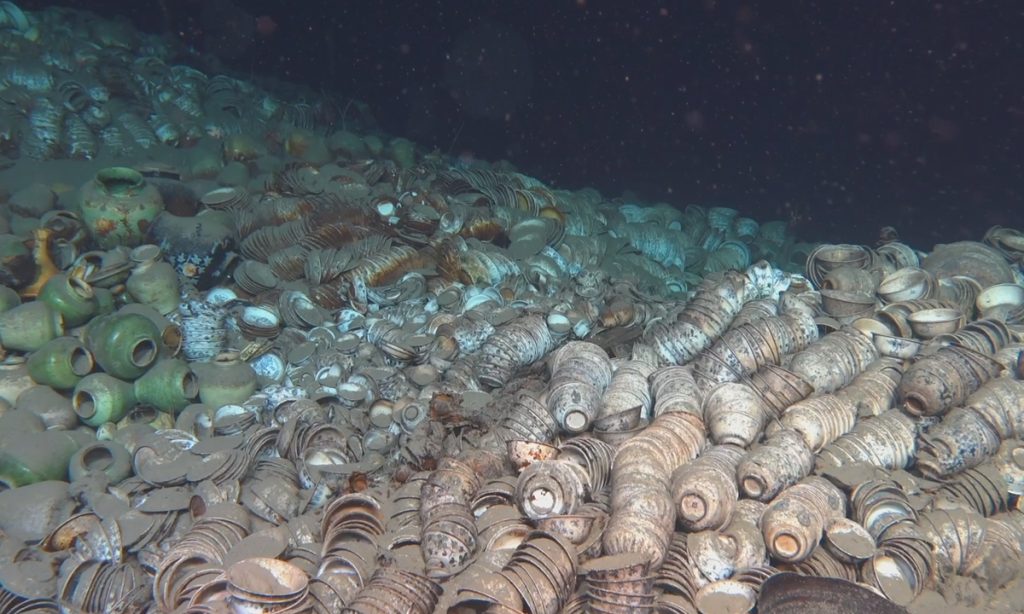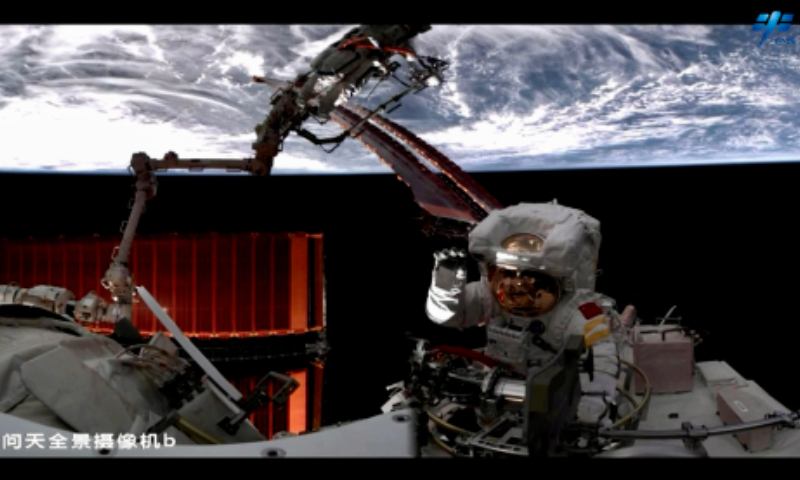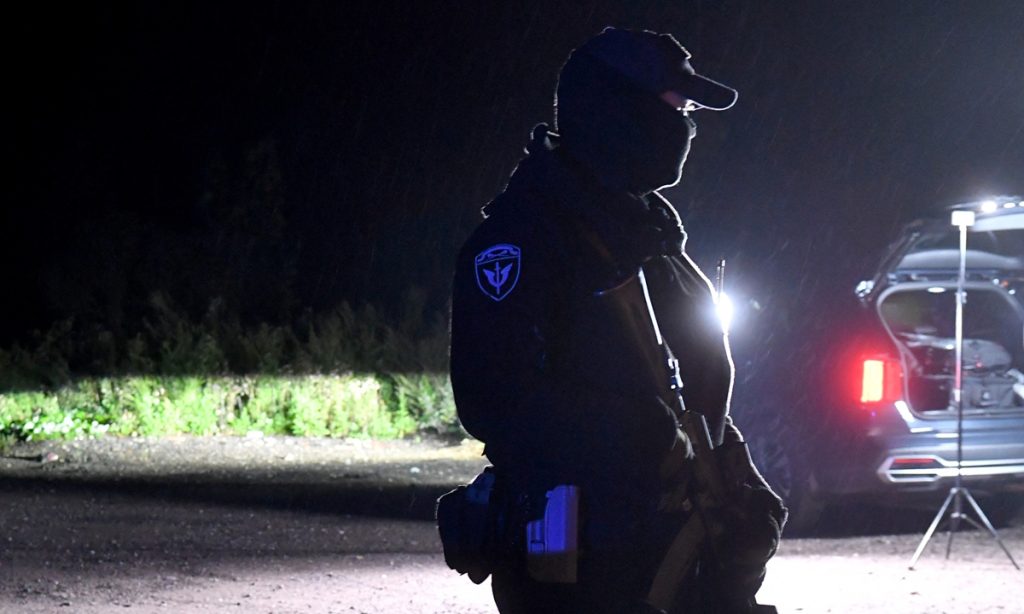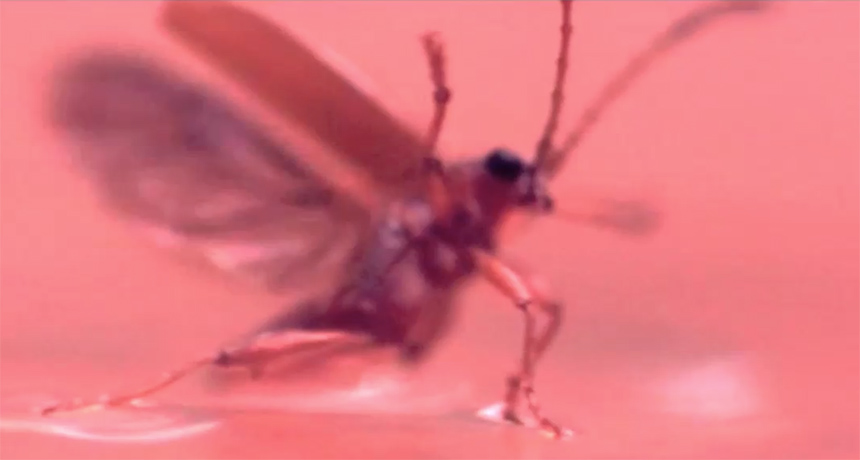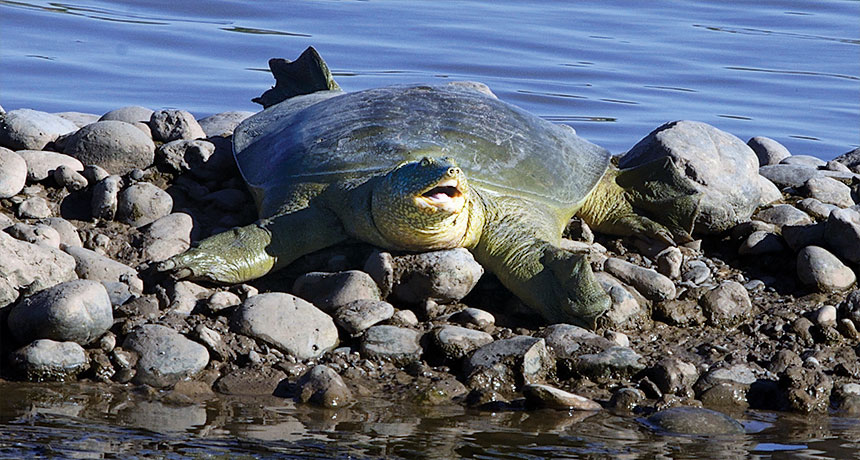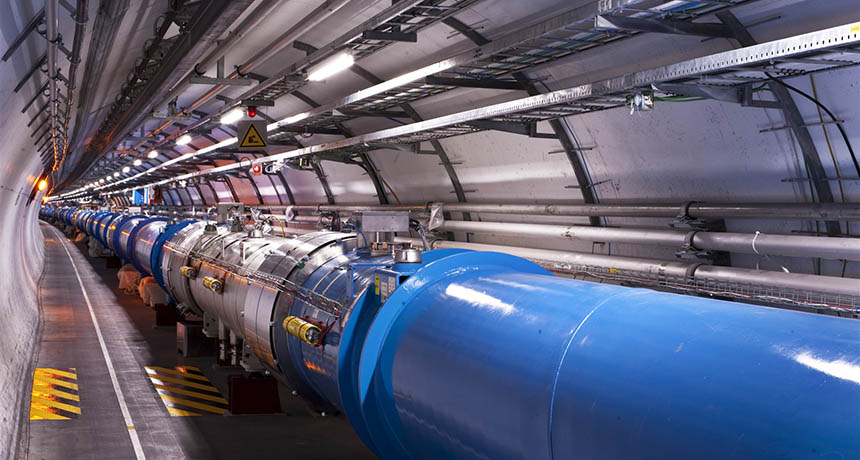Chinese space telescopes accurately measure brightest gamma-ray burst ever detected, highlighting power of international cooperation
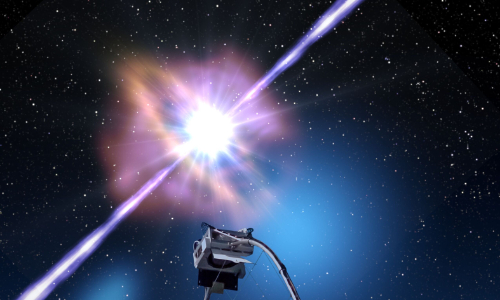
Together with 40 other research institutions worldwide, the Institute of High Energy Physics (IHEP) of the Chinese Academy of Sciences (CAS) released its latest discoveries on Wednesday, including the brightest gamma-ray burst (GRB) ever detected by humans.
With the unique observations made by two Chinese space telescopes, namely Insight-HXMT and GECAM-C, scientists were able to accurately measure how bright the burst was and how much energy it released.
Nearly 10,000 gamma-ray bursts have been detected since the first was detected in 1967. The mechanism of gamma-ray bursts and the radiation mechanism are still a mystery.
China's first homegrown X-ray telescope, the Insight-HXMT, was launched in 2017 to observe celestial sources of X-rays.
As the most energetic explosion phenomenon in the universe, GRBs can be produced by the core collapse of a massive star or the merger of two compact stars. The latest burst, dubbed GRB 221009A, belongs to the former category. A GRB typically lasts less than two seconds and usually emits gravitational waves.
With the Insight-HXMT and GECAM-C space telescopes, an IHEP-led international team with researchers from over 30 institutes from China, the US, Italy, France and Germany, has made accurate measurements of the prompt emission and early afterglow of this unprecedented burst in the hard X-ray and soft gamma energy bands.
"It is a beautiful example of collaboration," said Andrea Santangelo, professor of the University of Tuebingen. "And this will give leadership to China, Germany, and all the parties involved in the project in this field. Leadership is not just a political word. Leadership means that in the next 10 years, we expect to reach fantastic discoveries because nature will give us the possibility," he noted.
"Based on the accurate data obtained by GECAM-C, we found that this burst set new records for both the observed brightness and the isotropic-equivalent energy of all detected bursts, making this burst exceptional," Xiong Shaolin, the principal investigator of GECAM-C who led this study, told the Global Times on Wednesday. "This burst was 50 times brighter than the last record-holder," Xiong added.
According to the joint observation by Insight-HXMT and GECAM-C, the early afterglow of GRB 221009A appeared to switch from slow decay to rapid decay very early in time, meaning that this burst launched an extremely narrow and luminous jet.
"These findings shed new light on the physics of these energetic explosions in the universe," Bing Zhang, professor at the University of Nevada in Las Vegas, who led the theoretical interpretation in the project told the Global Times. "More detailed modeling is needed to understand how GRB engines manage to collimate the jets to produce such a huge isotropic equivalent energy in some cases."
Filippo Frontera, principal investigator of the European BeppoSAX satellite payload Phoswich Detector System (PDS) and Gamma Ray Burst Monitor (GRBM), told the Global Times that the results obtained for GRB 221009A are unique among the numerous observations collected on this event. "The exceptional quality of such data is the result of smart design of the instruments aboard the HXMT and GECAM missions, which could be achieved only by a very experienced group," he said.
